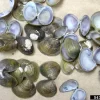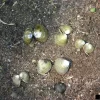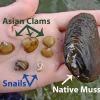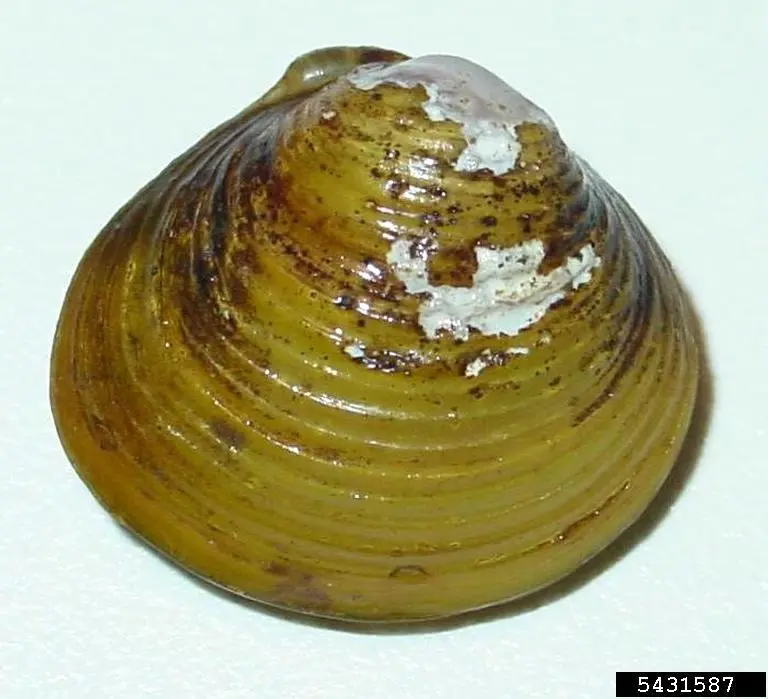X
CONTACT US
Great Lakes Center, SAMC 319
SUNY Buffalo State
1300 Elmwood Ave., Buffalo, NY 14222
wnyprism@buffalostate.edu
(716) 878.4708
SUBSCRIBE TO LISTSERV
FOLLOW US
CONTACT
Asian Clam
COMMON NAME:
Asian ClamSCIENTIFIC NAME:
Corbicula flumineaORIGIN:
AsiaDESCRIPTION:
Asian clam is a freshwater bivalve mollusk. The outside shells are yellow-green to brown with elevated concentric rings, as the inside of the shells may be light purple. If the color chips away, white spots can be seen underneath. The shell becomes darker with age and white erosion rings also develop. Adults are small, usually less than 1 1/2" in length.HABITAT:
This species is found in freshwater throughout the United States. It is hardy, persistent and can withstand many aquatic habitats, often preferring the warmer, shallower areas near the shore.THREAT:
Asian clam displaces highly vulnerable native mollusks that are often already threatened. They also reduce biodiversity, alter the food chain, may cause algae blooms, damage equipment and clog industrial and commercial water systems. They are fast growing and can spread quickly, as they are able to self-fertilize. One clam can release roughly 350 offspring daily, depending on environmental conditions. Juveniles can also be small enough to pass thru filters.MANAGEMENT:
In closed environments such as power plants, chemical and mechanical methods can be used. Management is very difficult and labor intensive in a natural aquatic system. Stopping aquarium dumping and live food releases, and cleaning boats and bait buckets are critical to preventing its spread.
WNY PRISM PRIORITY:
Tier 4 - Local Control
ADDITIONAL RESOURCES:
Asian clam is a prohibited species in New York State - for more information on Prohibited and Regulated Species, visit http://www.dec.ny.gov/animals/99141.html.
NYS Prohibited and Regulated Species - Part 575:
PATHWAYS OF INVASION:
Asian clam was introduced to the US from ship ballast water of transoceanic ships and was grown as a food source.
REGIONAL DISTRIBUTION:
Common
MAP (via iMapInvasives):
This map shows confirmed observations (green points) submitted to the NYS Invasive Species Database. Absence of data does not necessarily mean absence of the species at that site, but that it has not been reported there. For more information, please visit iMapInvasives.






